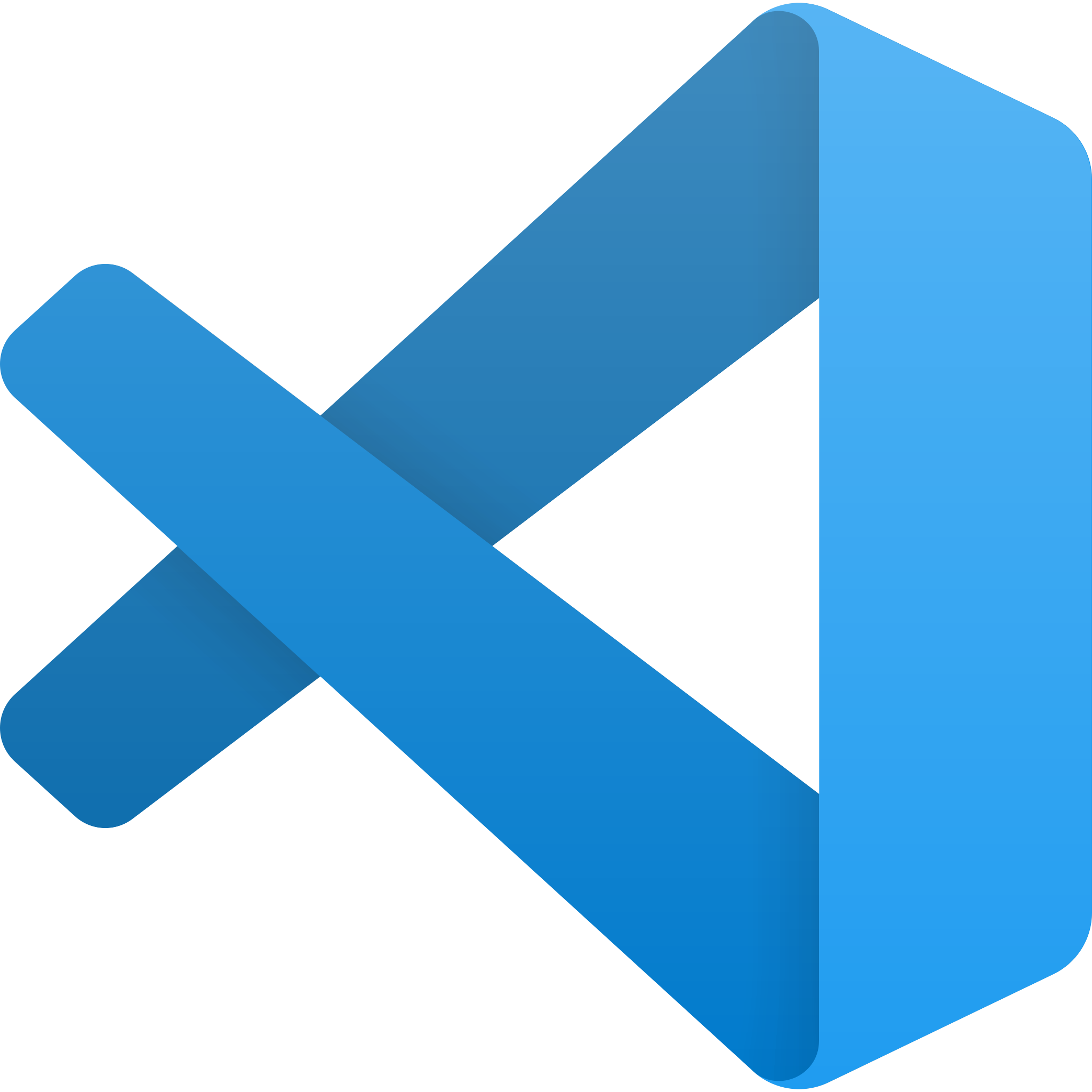Introduction to HTML
What is HTML
HTML stands for Hyper Text Markup Language. It is the standard markup language used to create web pages. HTML provides a set of tags and attributes that define the structure and content of a webpage. It was created by Tim Berners-Lee and released in 1993.
- Editor: for writing code.
- Browser: for checking output from the code.
Browser

Browsers are software applications used to access and view websites. Some popular browsers include Google Chrome, Safari, and Mozilla Firefox. When a user enters a URL or clicks on a link, the browser sends a request to the server where the website is hosted. The server responds with the webpage content, and the browser renders and displays it to the user.
The first web browser is credited to Sir Tim Berners-Lee, he created the first web browser, called WorldWideWeb (later renamed Nexus), in 1990.
Editor

An editor is a software tool used for writing and editing code. In web development, an editor is used to create HTML files and other related files such as CSS and JavaScript. One commonly used editor is Visual Studio Code (VS Code). It provides features like syntax highlighting, code suggestions, and debugging capabilities, making it popular among web developers.
Steps to download VS Code
To download and install VS Code, follow these steps:
- Visit the official website of Visual Studio Code at https://code.visualstudio.com/download.
- Download the latest version of VS Code for your operating system (Windows, macOS, or Linux).
- Once the download is complete, double-click the downloaded file to start the installation process.
- Follow the installation prompts, such as accepting the license agreement and choosing the installation location.
- After the installation is finished, you can launch VS Code by clicking on its icon or searching for it in your operating system's applications or programs menu.
HTML Tags
HTML uses tags to define the structure and formatting of content on a webpage. Tags are enclosed in angle brackets < > and can have attributes to provide additional information. Here is an example of an HTML tag
<tagname> 👈 Opening Tag
</tagname> 👈 Closing Tag
First Webpage
<!DOCTYPE html>
<html>
<head>
<title>My Frist Webpage</title>
</head>
<body>
Hello Students 👋 Good Evening, Welcome to ICP 6.0 💫❤️
</body>
</html>
Explanation of the above example
<!DOCTYPE html>: This declaration informs the browser that the webpage is written in HTML5.
<html> </html>: This is the root element that defines the HTML document.
<head> </head>: The head element contains meta-information about the webpage, such as the title.
<title> </title>: The title element sets the title of the webpage, which appears in the browser's title bar or tab.
<body> </body>: The body element contains the visible content of the webpage that will be displayed in the browser's content area.
Output :

Congratulations! You have created your first webpage. 🍻
